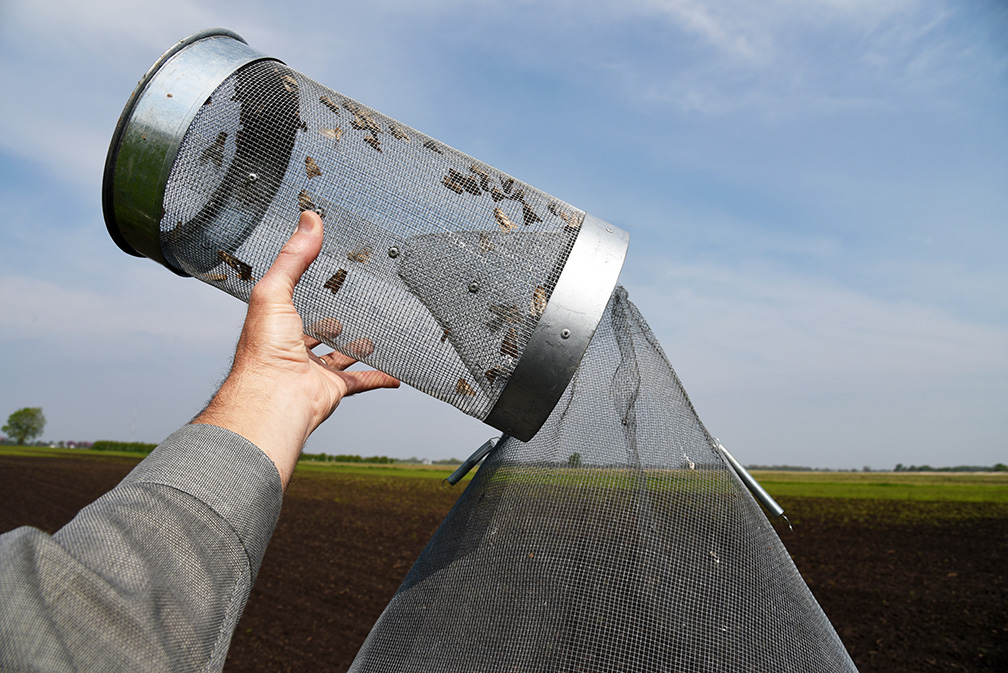
In looking over the black cutworm and armyworm pheromone reports, it is obvious that many moths have arrived into Indiana.


In looking over the black cutworm and armyworm pheromone reports, it is obvious that many moths have arrived into Indiana.
Armyworm Pheromone Trap Report – 2020
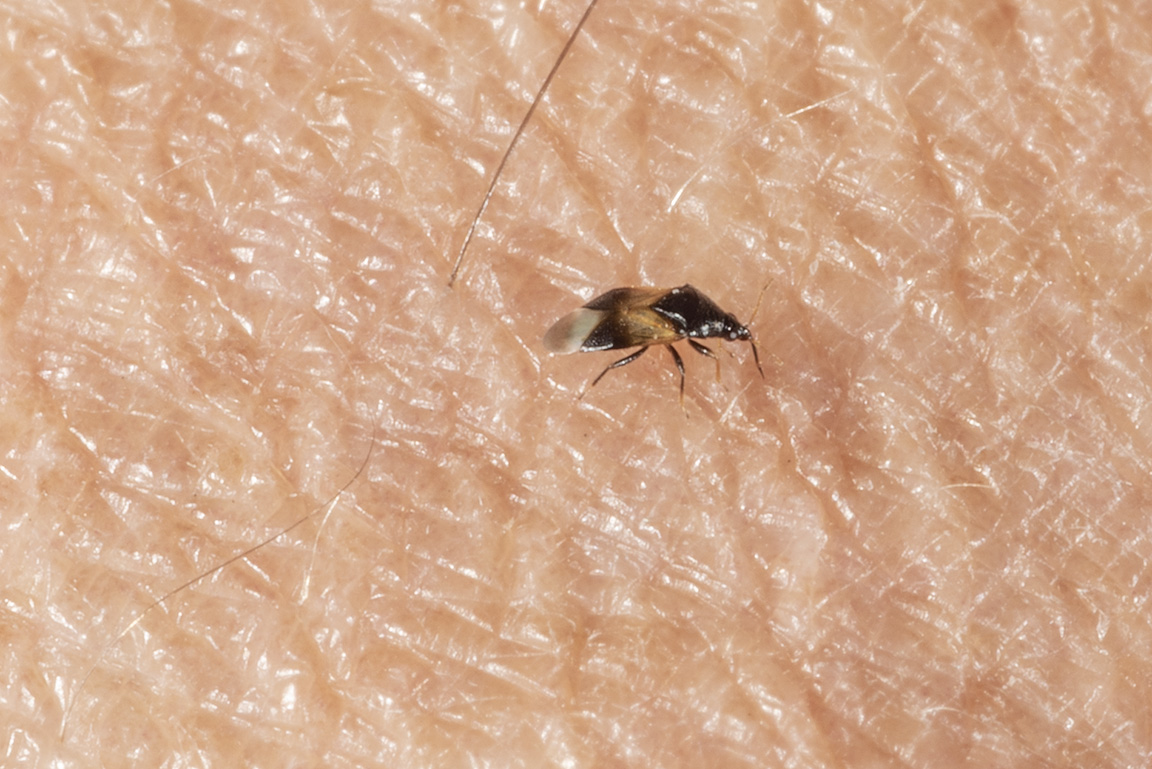
If out in the fields, or around the yard, during these beautiful fall afternoons, you may have experienced very unpleasant bites on exposed skin. The big surprise is how tiny these black bugs are, barely visible without magnification.
The following is a link to a simple, short online survey.
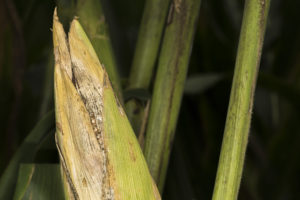
Samples to the Purdue Plant and Pest Diagnostic Lab, emailed pictures, and field visit observations confirm that corn ear caterpillars are still active in occasional fields throughout the state. With late, and staggered, planting of corn fields and the various hybrid maturities, some fields have become a “trap crop” for late-flying, egg laying moths.
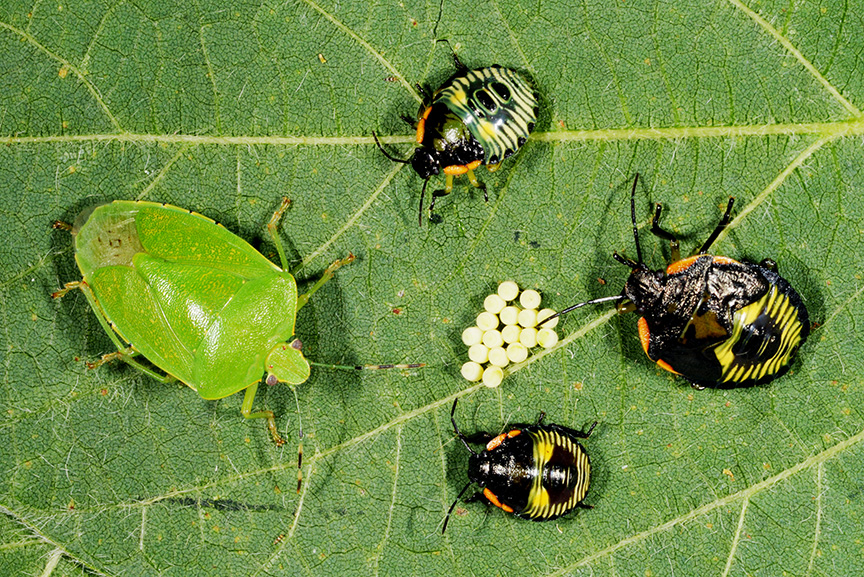
For the last couple of years, especially last season, there has been a noticeable population of green stink bug in some Indiana soybean fields.
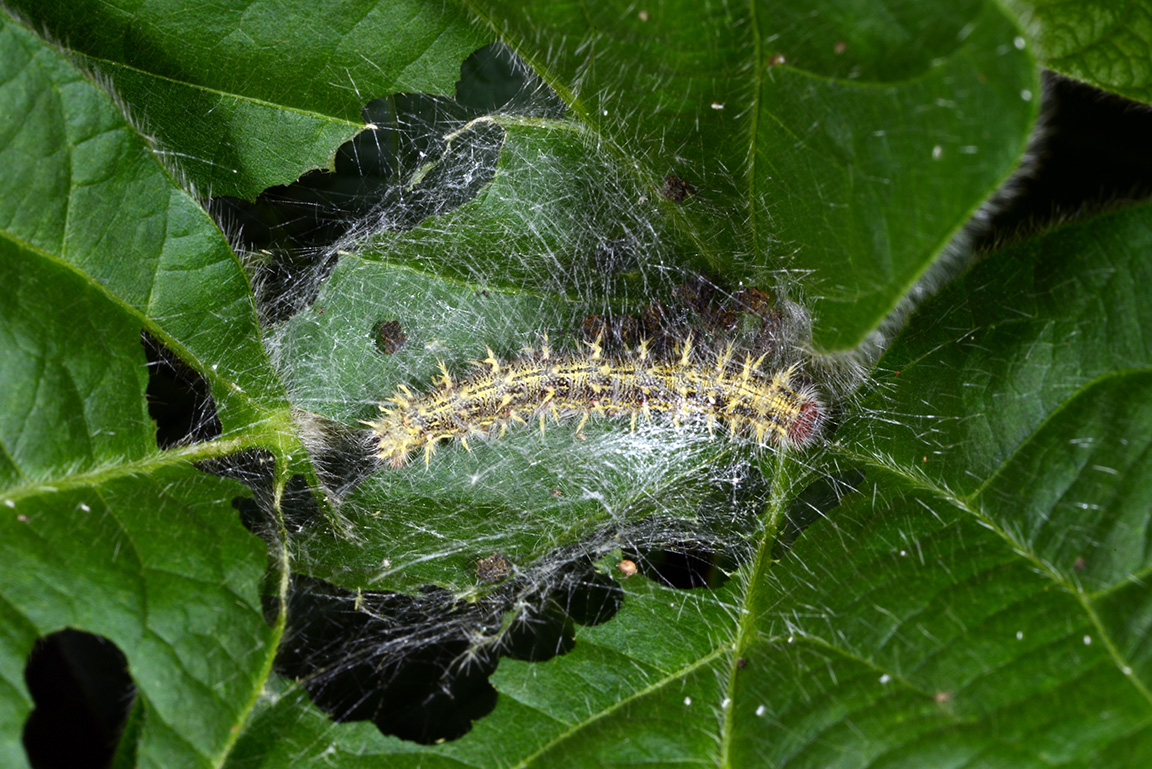
The painted lady butterfly, Vanessa cardui, is mostly orange mottled with black and white markings.
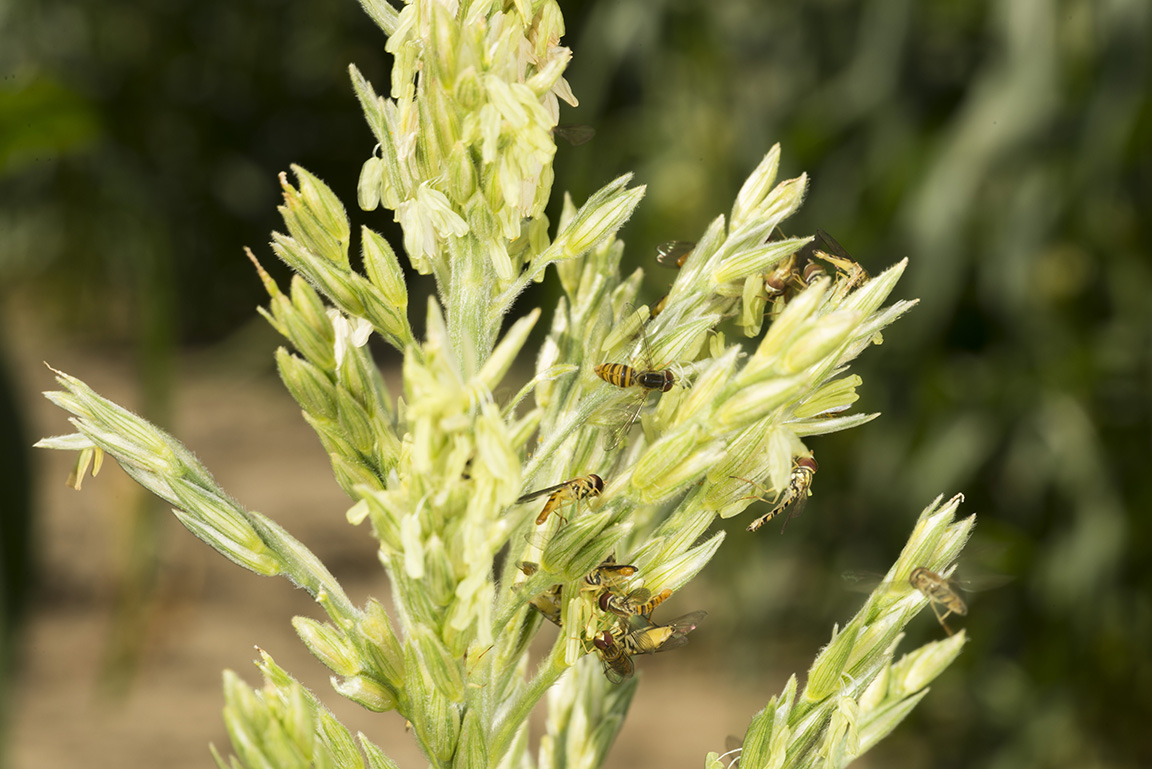
Recently there have been numerous reports of swarms of “bee-like” flies around Indiana fields, farmsteads, and rural environments, and wanted to take the opportunity to tell you a bit about this curiosity. Adult hover flies (aka syrphid flies) can sometimes be mistaken for bees or wasps, because they look a lot like them! Some people refer to hover flies as “corn flies” or “sweat bees,” but these insects are actually quite different from bees. Hover flies belong to the Order Diptera, or the true flies. The most noticeable group at this time of year belong to the genus Toxomerus, which feed on pollen. There are many other syrphid flies present throughout the season that are beneficial, as their larvae feed on soft-bodied insects like aphids. Compared to sweat bees, hover flies have black and yellow markings, are able to fly in place yet dart away quickly, have a[Read More…]
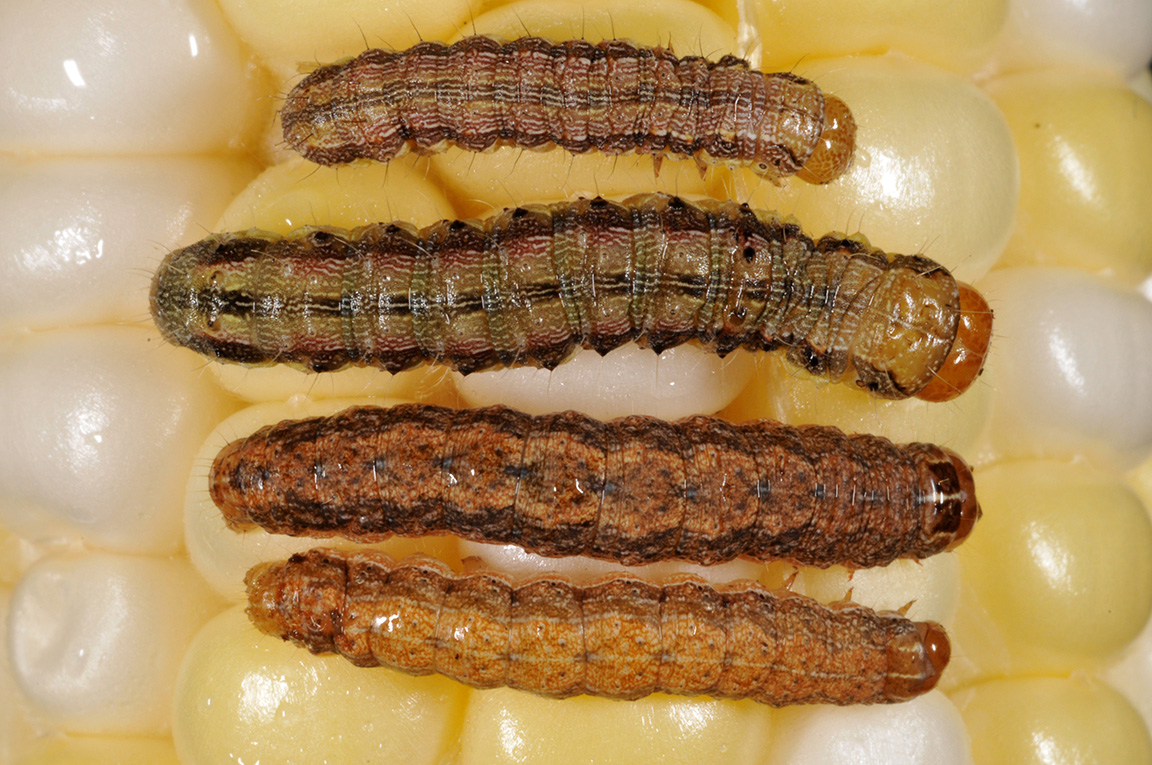
Very few reports of western bean cutworm ear infestations have been received from northern Indiana counties, where risks are greatest.
2019 Western Bean Cutworm Pheromone Trap Report
© 2025 Purdue University | An equal access/equal opportunity university | Copyright Complaints | Maintained by Pest&Crop newsletter
If you have trouble accessing this page because of a disability, please contact Pest&Crop newsletter at luck@purdue.edu.